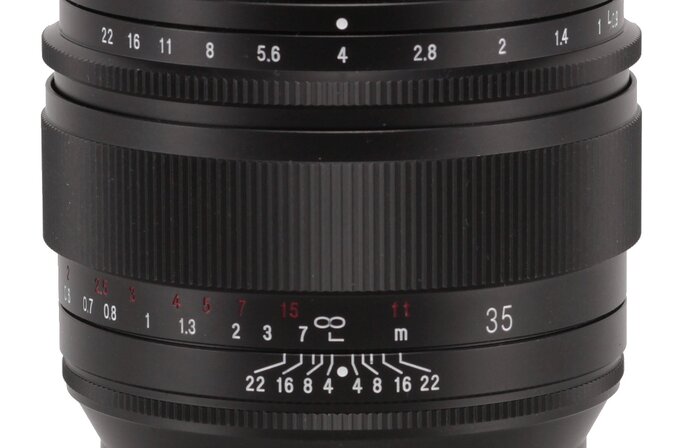Voigtlander Nokton 35 mm f/0.9 Aspherical
10. Focusing and focus breathing
The ring moves smoothly with even, and proper resistance. When you move it, the whole optical system moves as well so after passing to the minimum focusing distance the dimension of the lens increases by almost 1 cm. The focus throw amounts to an angle of about 140 degrees. It's a value allowing you precise settings.
 |
Focus breathing
Focus breathing tests show refraiming images as you oversharp them. We conduct the test by manually passing from the minimum focusing distance to infinity with the aperture stopped down; then we check how the field of view of the lens changed as a result.
Please Support UsIf you enjoy our reviews and articles, and you want us to continue our work please, support our website by donating through PayPal. The funds are going to be used for paying our editorial team, renting servers, and equipping our testing studio; only that way we will be able to continue providing you interesting content for free. |
- - - - - - - - - - - - - - - - - - - - - - - - - - - - - - - - - - - - - - - - - - - - - - - -
After conducting a number of tests now we think we are able to determine some reference points. A frame change ranging from 0 to 5% we consider to be low. Between 5 and 10% you can speak about medium levels. Usually such values constitute also the maximum efficiency level of any breathing compensation algorithms, present in some bodies. Between 10 and 15% focus breathing is high, above 15% its level can be called very high.
The test video of the Nokton lens we present below:






